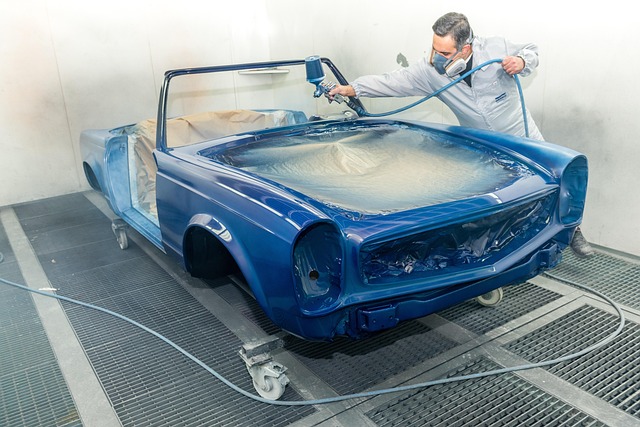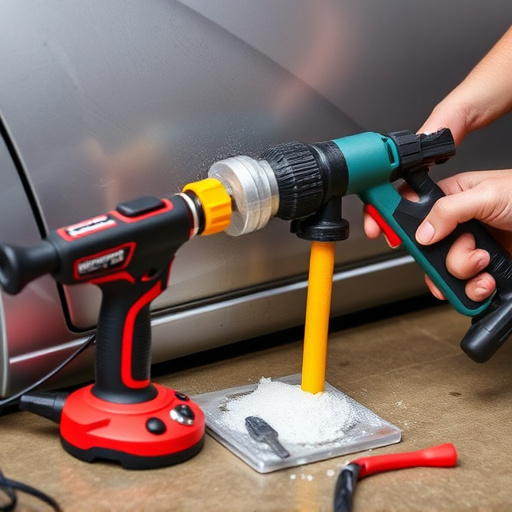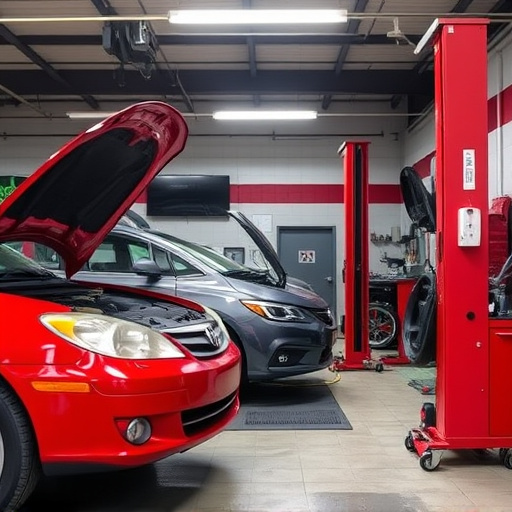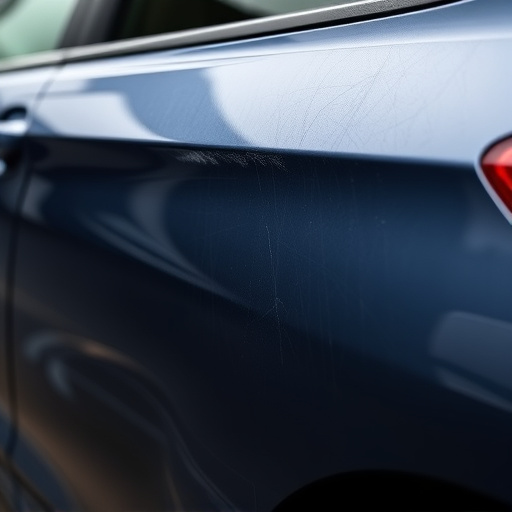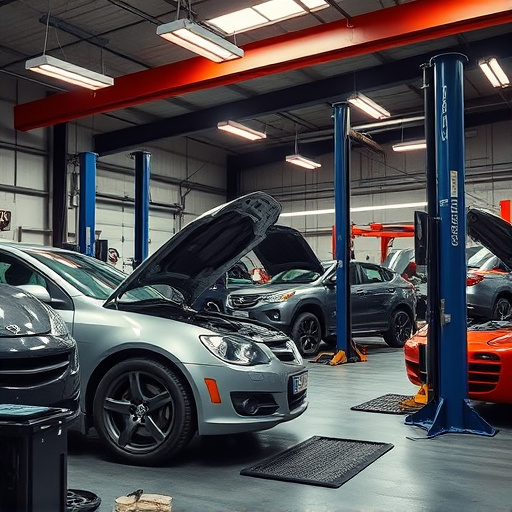Mercedes climate control repair requires genuine parts for complex fixes to maintain performance and reliability. Aftermarket parts are cost-effective for routine repairs but need careful selection for compatibility and quality. OEM parts are crucial for safety and integrity in collision or painting repairs, ensuring optimal Mercedes climate control system function.
In the realm of Mercedes climate control repair, understanding the intricate systems and the role of aftermarket parts is crucial. This article delves into the complexities of Mercedes’ sophisticated temperature regulation mechanisms and explores how aftermarket components can either enhance or disrupt their performance. Through a detailed analysis, we assess compatibility, reliability, and potential impacts on efficiency, ensuring folks navigating this process make informed decisions.
- Understanding Mercedes Climate Control Systems
- The Role of Aftermarket Parts in Repairs
- Assessing Compatibility and Performance Impact
Understanding Mercedes Climate Control Systems
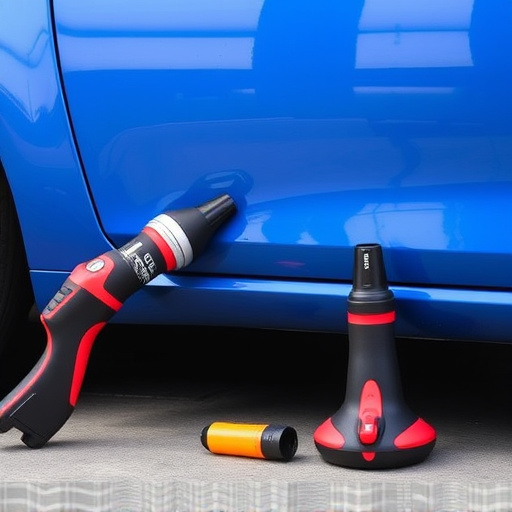
Mercedes climate control systems are renowned for their precision and efficiency, offering drivers a comfortable and controlled environment. These sophisticated systems integrate seamlessly into the vehicle’s infrastructure, managing temperature, humidity, and air quality. At the heart of this system lies a complex network of sensors, actuators, and components working in harmony to maintain optimal cabin conditions.
When considering Mercedes climate control repair, it’s essential to understand that aftermarket parts can introduce complexities. While these parts may be more affordable than genuine Mercedes-Benz replacements, they might not always be compatible or perform as expected. An automotive restoration or collision repair shop with expertise in Mercedes vehicles is crucial for ensuring the climate control system functions correctly and safely. They have the tools and knowledge to verify compatibility and quality, guaranteeing a seamless repair experience that maintains the vehicle’s overall performance and value.
The Role of Aftermarket Parts in Repairs
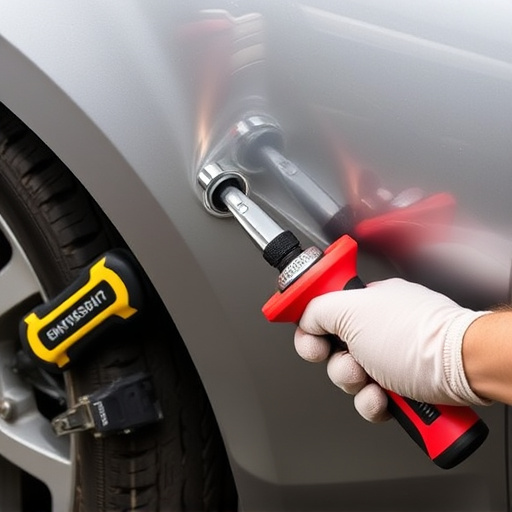
Aftermarket parts play a significant role in Mercedes climate control repairs, offering both advantages and considerations. While genuine OEM (Original Equipment Manufacturer) parts ensure optimal performance and compatibility, aftermarket components can provide cost-effective alternatives for less critical components within the climate control system. These parts are often sourced from specialized suppliers or manufacturers who aim to replicate the original design but at a lower price point.
For complex repairs involving collision damage or extensive fleet repair services, using genuine parts is crucial to maintain the integrity and reliability of the Mercedes’ climate control system. Aftermarket components might lack the precision engineering and quality standards of OEM parts, potentially leading to performance issues or compatibility problems. However, for routine maintenance or simple replacements, aftermarket parts can be a viable option, offering convenience and savings without compromising the overall automotive repair experience.
Assessing Compatibility and Performance Impact
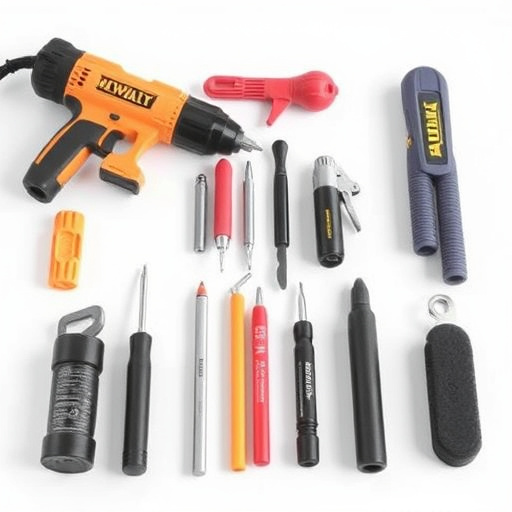
When considering aftermarket parts for Mercedes climate control repair, assessing compatibility is paramount to ensure seamless integration and optimal performance. While these parts can offer cost-effective solutions, it’s crucial to verify that they are designed specifically for your Mercedes model year and variant. Using aftermarket components not tailored for your vehicle may result in functional issues or even damage to the climate control system.
Performance impact is another critical factor. Aftermarket parts might differ in quality and specifications from their original equipment manufacturer (OEM) counterparts, potentially affecting the overall efficiency of your Mercedes’ climate control. Look for reputable brands known for producing high-quality, compatible parts, and always check customer reviews to gauge performance reliability. In terms of collision repair, auto painting, or fender repair, using aftermarket parts for climate control should be approached with caution to maintain the vehicle’s overall integrity and safety standards.
When addressing Mercedes climate control repair, the choice of aftermarket parts can significantly impact performance and compatibility. Understanding the intricate systems and carefully assessing part compatibility is crucial for ensuring optimal results. While aftermarket components may offer cost-effective solutions, they must meet strict standards to function seamlessly with the vehicle’s existing system. Thus, in the realm of Mercedes climate control repair, prioritizing quality and compatibility ensures a comfortable and efficient driving experience.


